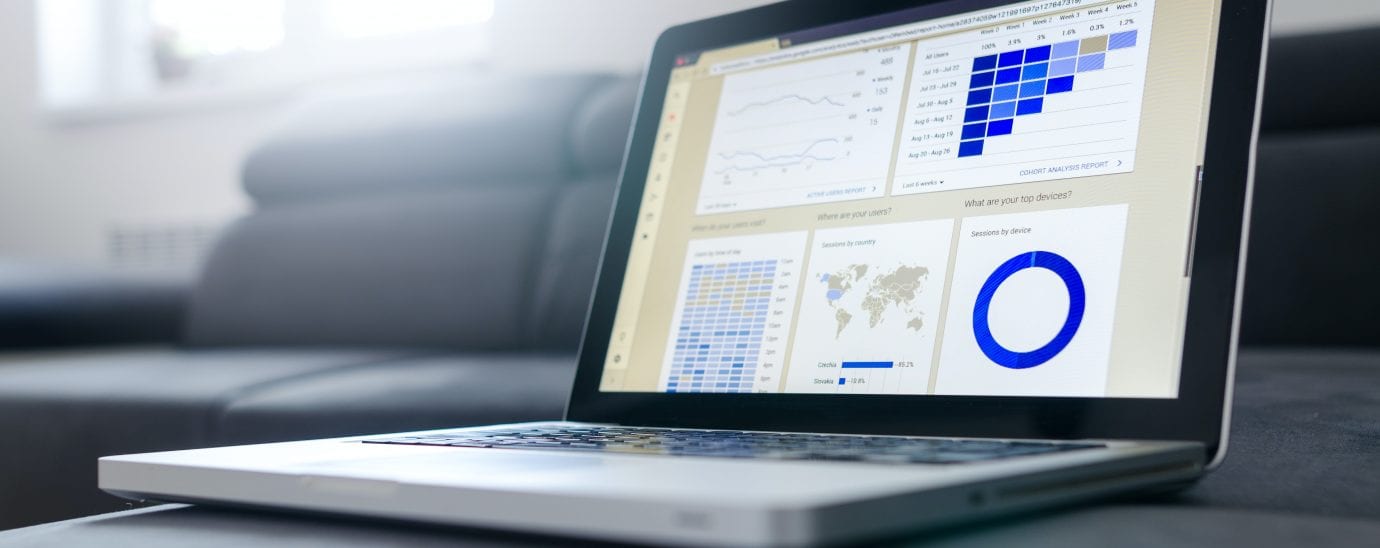The importance of data analytics and being able to capture insight in real-time

by Dan Seal, Product Lead, Streaming Analytics, Kx
Data analytics refers to the process of examining datasets to draw conclusions and extract valuable insights. Empowered with the most effective analytics systems, organisations can make decisions that drive profitability, grow customer numbers, set new trends and futureproof operations for years to come.
Access to such data has become so important that it is estimated that by 2022, more than half of major new business systems will incorporate continuous intelligence – this is a system that uses real-time data to improve decision making.
The transformation of decision making
One of the primary drivers for implementing a data analytics platform is that organisations have historically risen (and fallen) based on the collective efficiency of the decisions they make each day. These decisions can range from what products to develop, which target markets to engage with, and can be the difference between success or failure.
Previously, decision making was left in the hands of senior management, based on industry expertise and calculated forward planning. While this still is the case for many businesses, we now live in an environment where data and machines are also able to make efficient decisions. These can take place in real time and be based on past information.

For example, you might have an analytic that measures a spike in temperature in an IoT application, but then this will also want to use a machine learning model to predict its future behaviour. Therefore, this platform will have to support both the analytic process and machine learning model to make the correct decision in real-time. Additionally, a supply chain could decide its carrier assignment to meet customer delivery requirements at the lowest cost, but that decision has to be done immediately in that moment. If not done in real-time, customer demand could not be met or enterprises would end up overpaying for the required service in that moment.
The data challenge
Although a plethora of new data capture and analysis platforms now exist, finding the right one can still prove difficult. In today’s digitised world, over 2,500,000 terabytes of data is produced every day, and even the best of systems often store data in silos, meaning it’s difficult to access, analyse or compare. This generally leads to perishable insight, where once valuable data becomes worthless due to not being analysed quickly enough.
As such, we’re beginning to see great clamour towards streaming analytics platforms; these are systems that are able to process vast swathes of data in real-time, and contrast this with historical datasets to create new insights, make decisions in the moment and drive new value.
Why streaming analytics?
Most organisations produce real-time data of some description. The question is whether they can drive value by reacting to it in the moment. With the ongoing digitisation of all industries and growth in new technologies such as IoT, more organisations will be able to find value in real-time data. To extract this value the timeframe in which decisions need to be made can be seconds, if not milliseconds. With the shelf life of valuable data limited, streaming analytics removes the requirement of batch processing data where data is processed in large volumes at once, enabling organisations to pursue a course, or change direction near instantly.
All data is potentially streaming as it all originates in dozens, hundreds, and sometimes thousands of applications in large enterprises, and so can be analysed to inform decisions. Data is the fuel for streaming analytics, but also for historical analytics, such as to train machine learning models, and real-time data enrichment. Having time series analytics, the process of analysing time series data to extract meaningful insights enables businesses to find insights and build models that will be used for streaming analytics use cases.
Considerations
Ultimately there are three questions that businesses need to focus on when it comes to making a decision. What outcomes will this decision have? What data sources do we need to make it happen, and what else can we do to make the customer/end-user happy? To address these, organisations need a streaming analytics platform that integrates within its existing application architecture and has the ability to crunch data and compare this insight with information that has already been stored.
Modern businesses have come to expect immediate access to the information they are seeking. This information brings new insights which allows them to make decisions on the next action and alter the course of their business objectives. Although there are many data tools out there that promise such a solution, it’s hard to look away from streaming analytics as a centralised tool for better decision making.